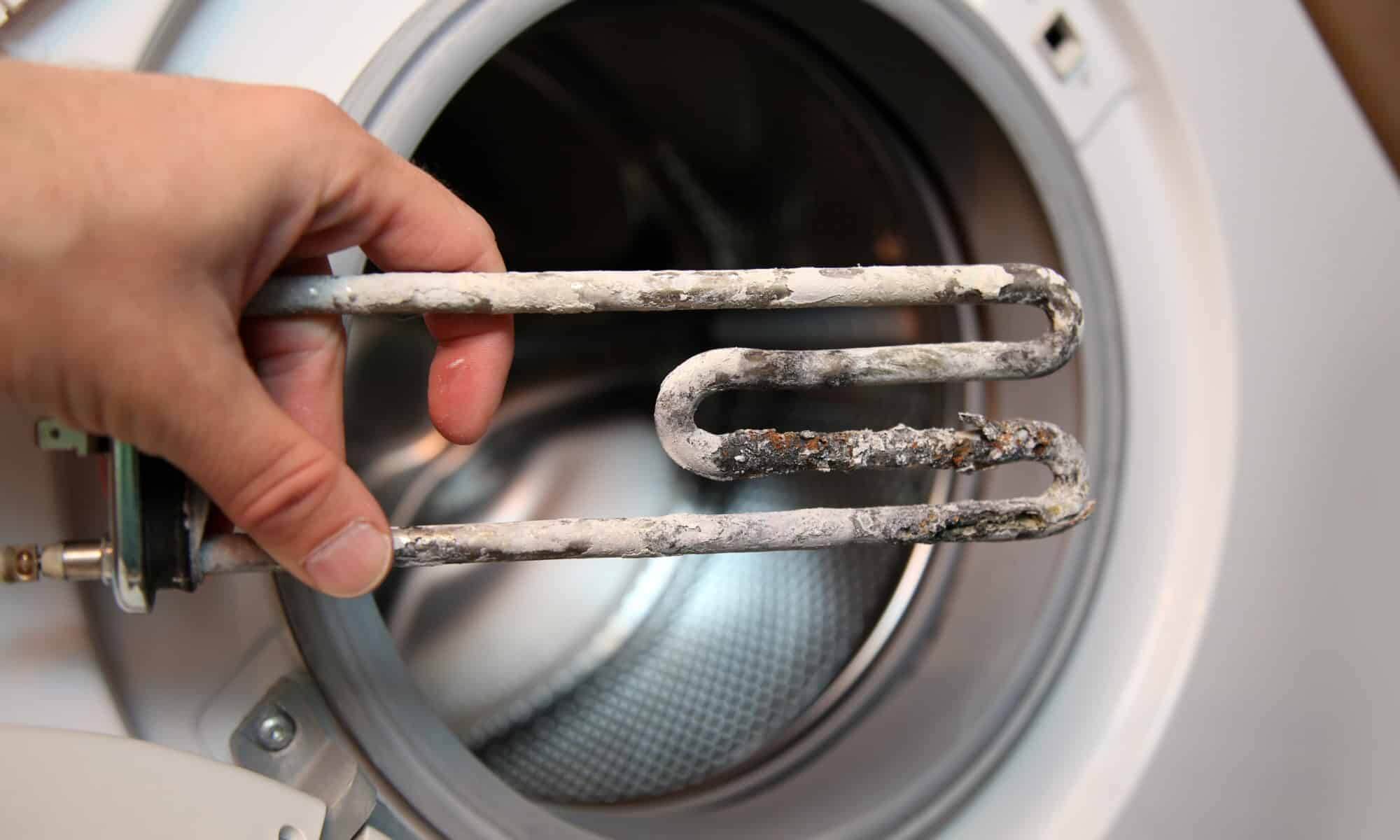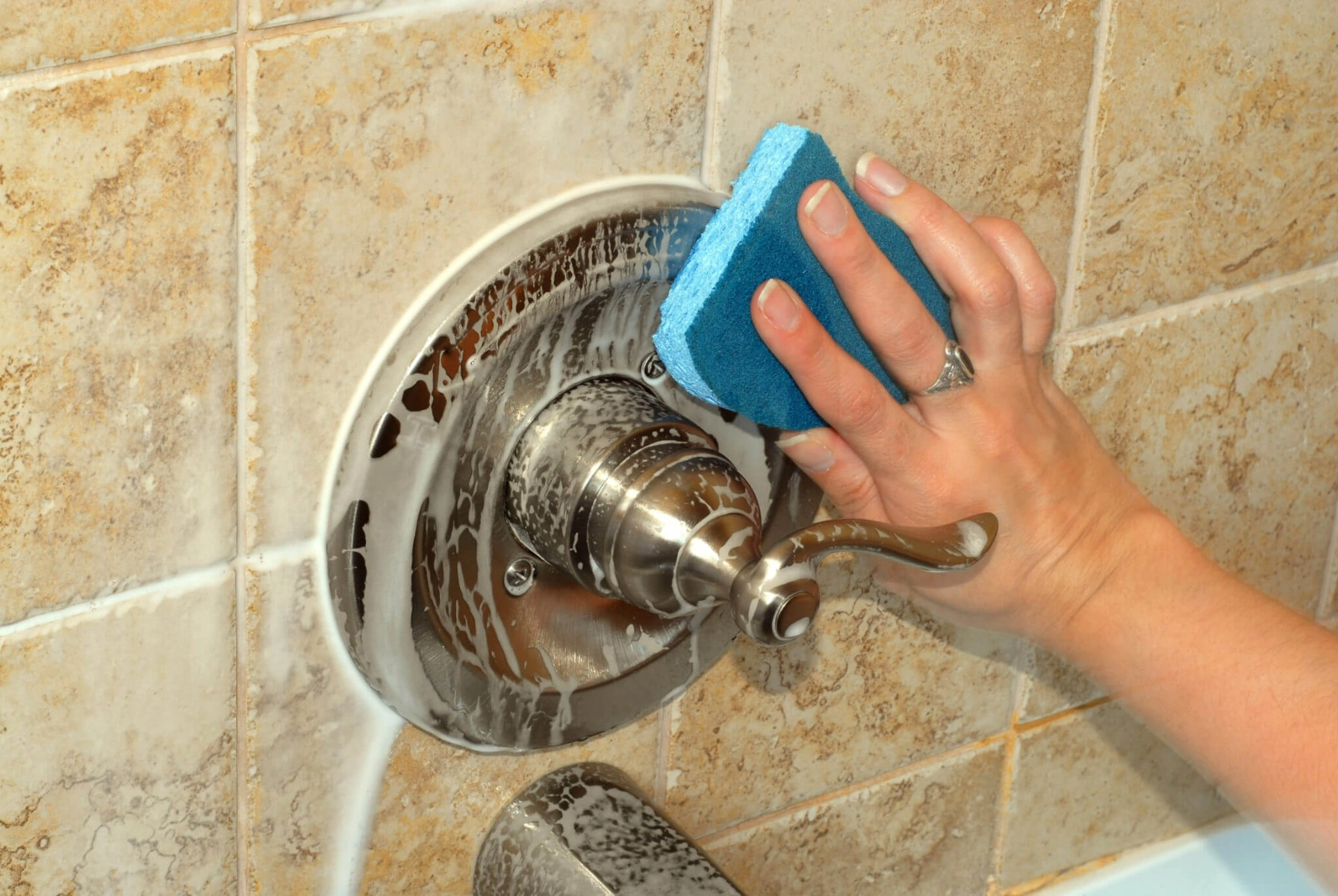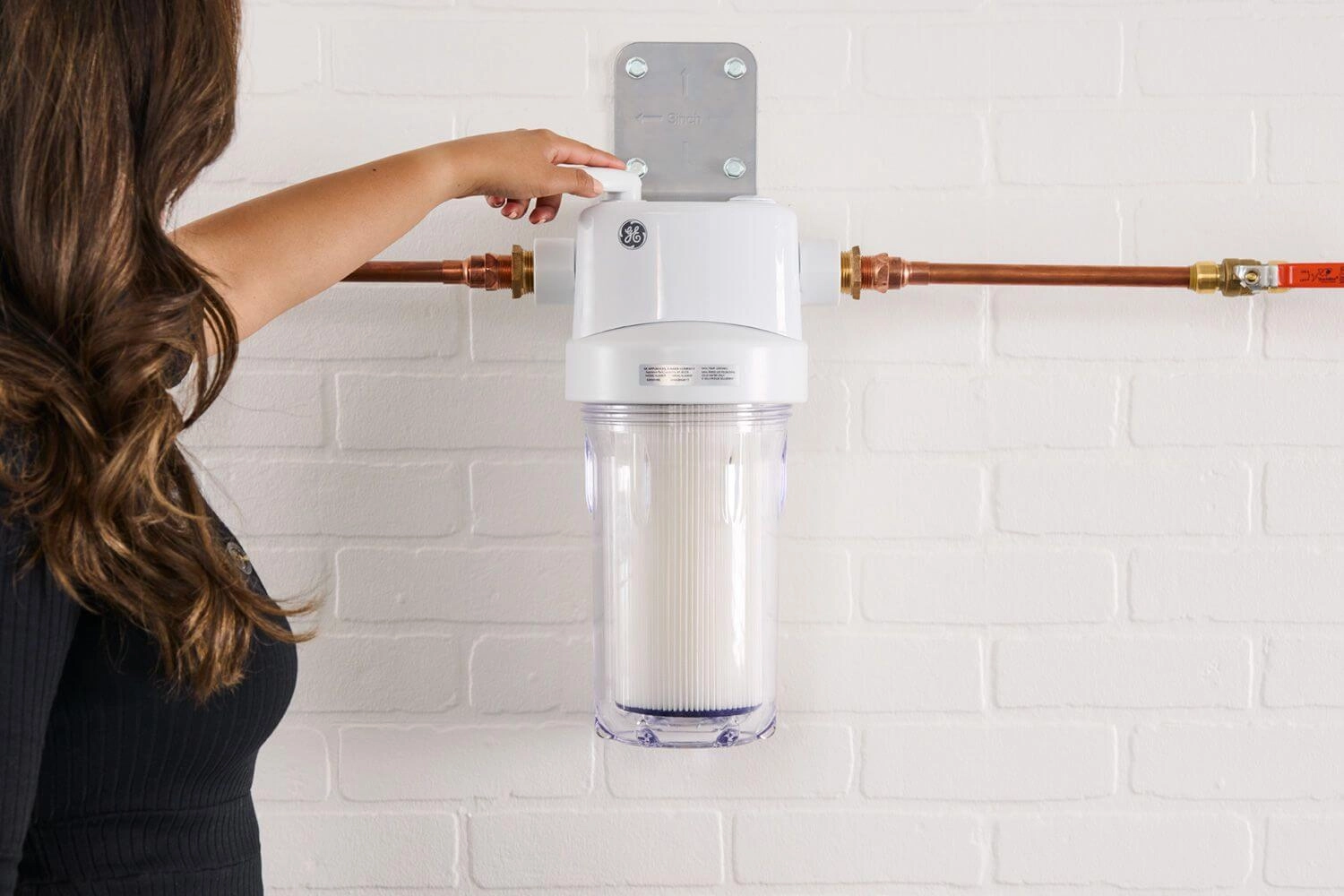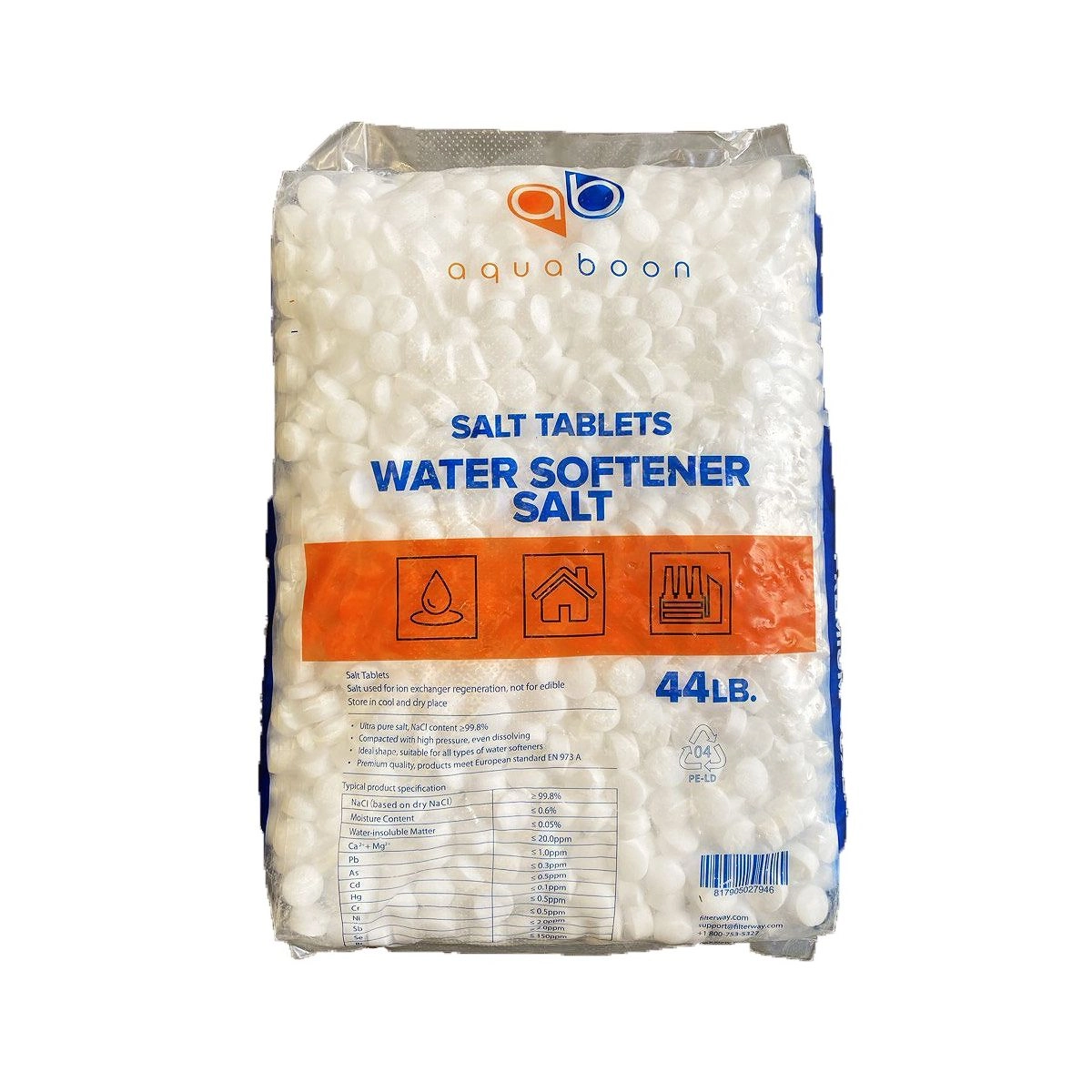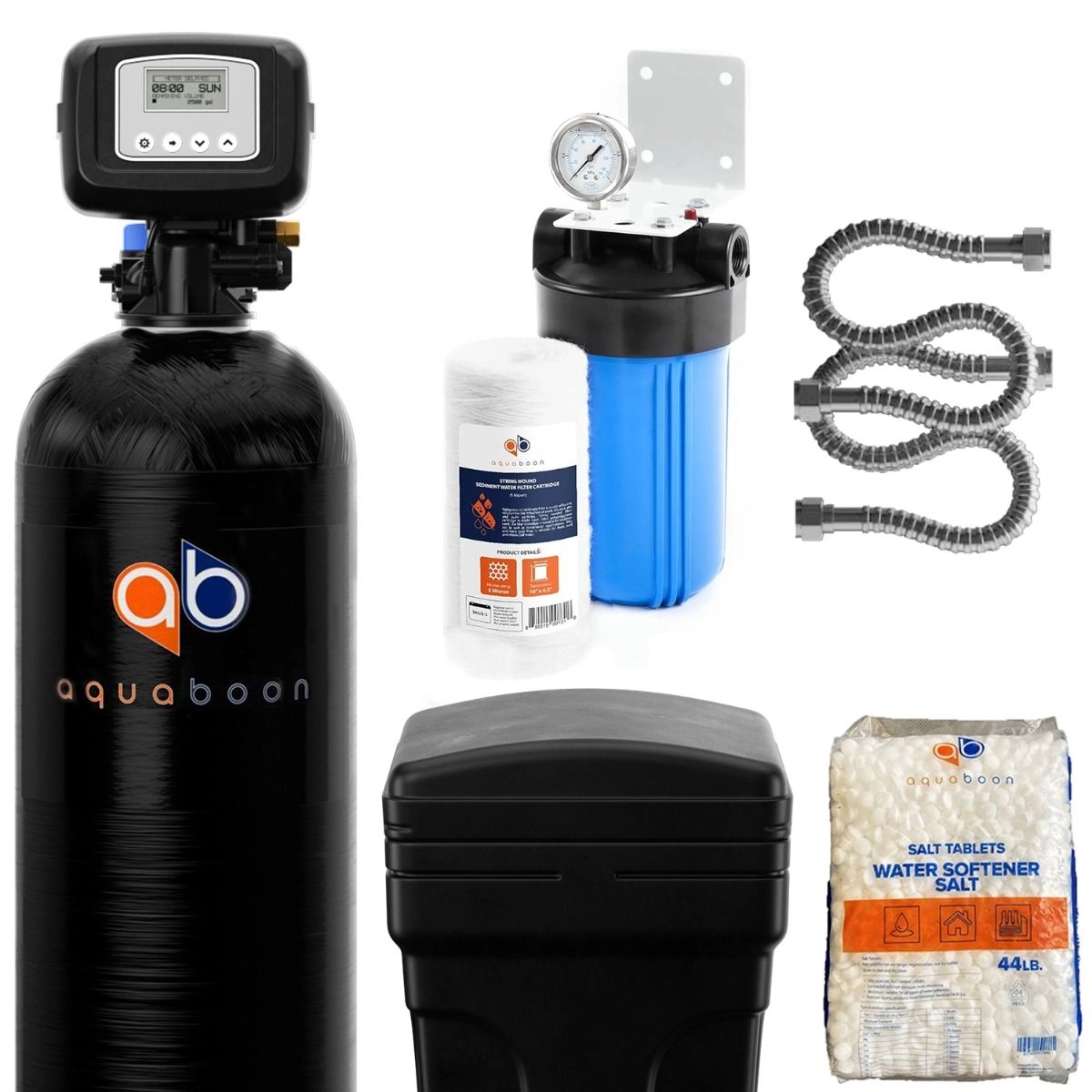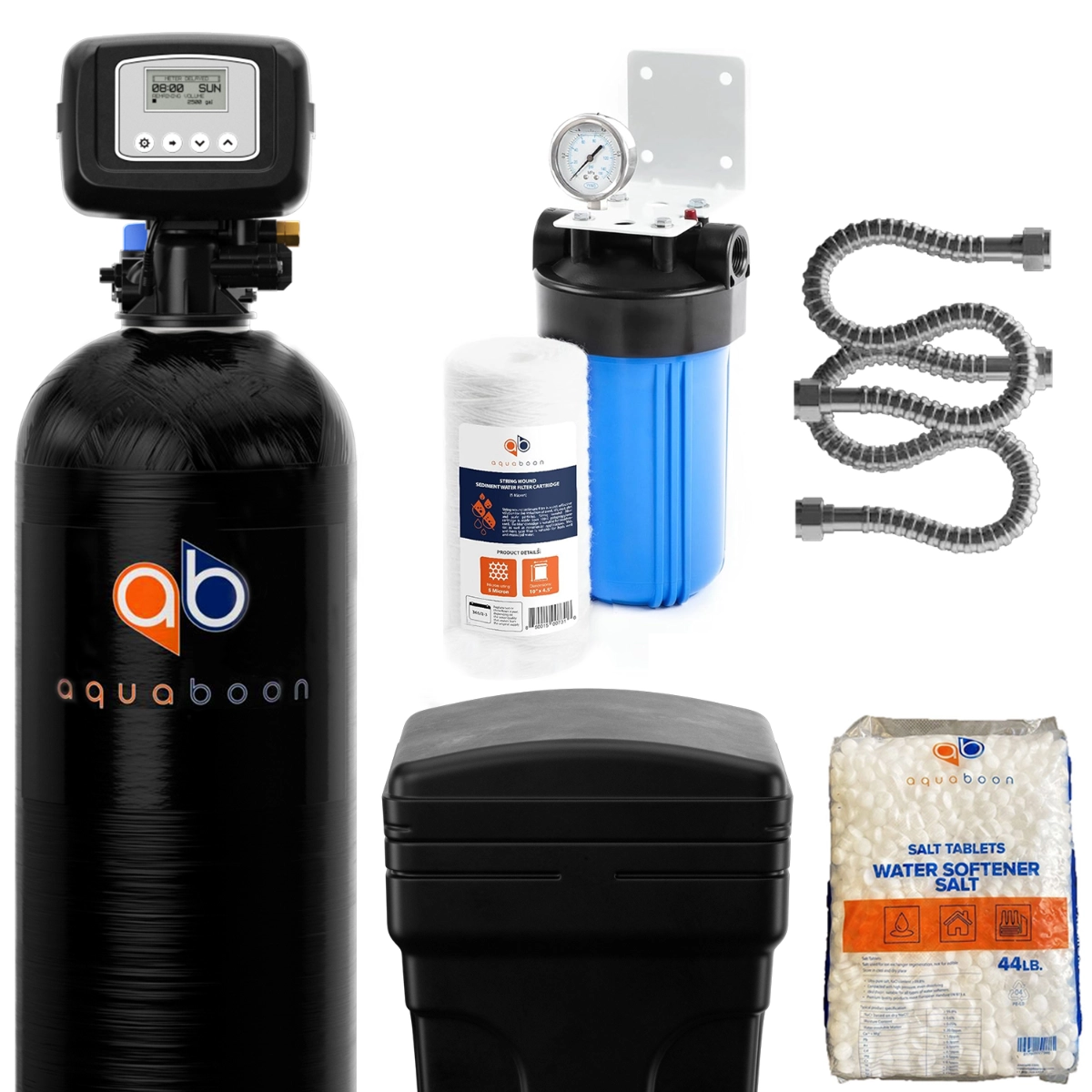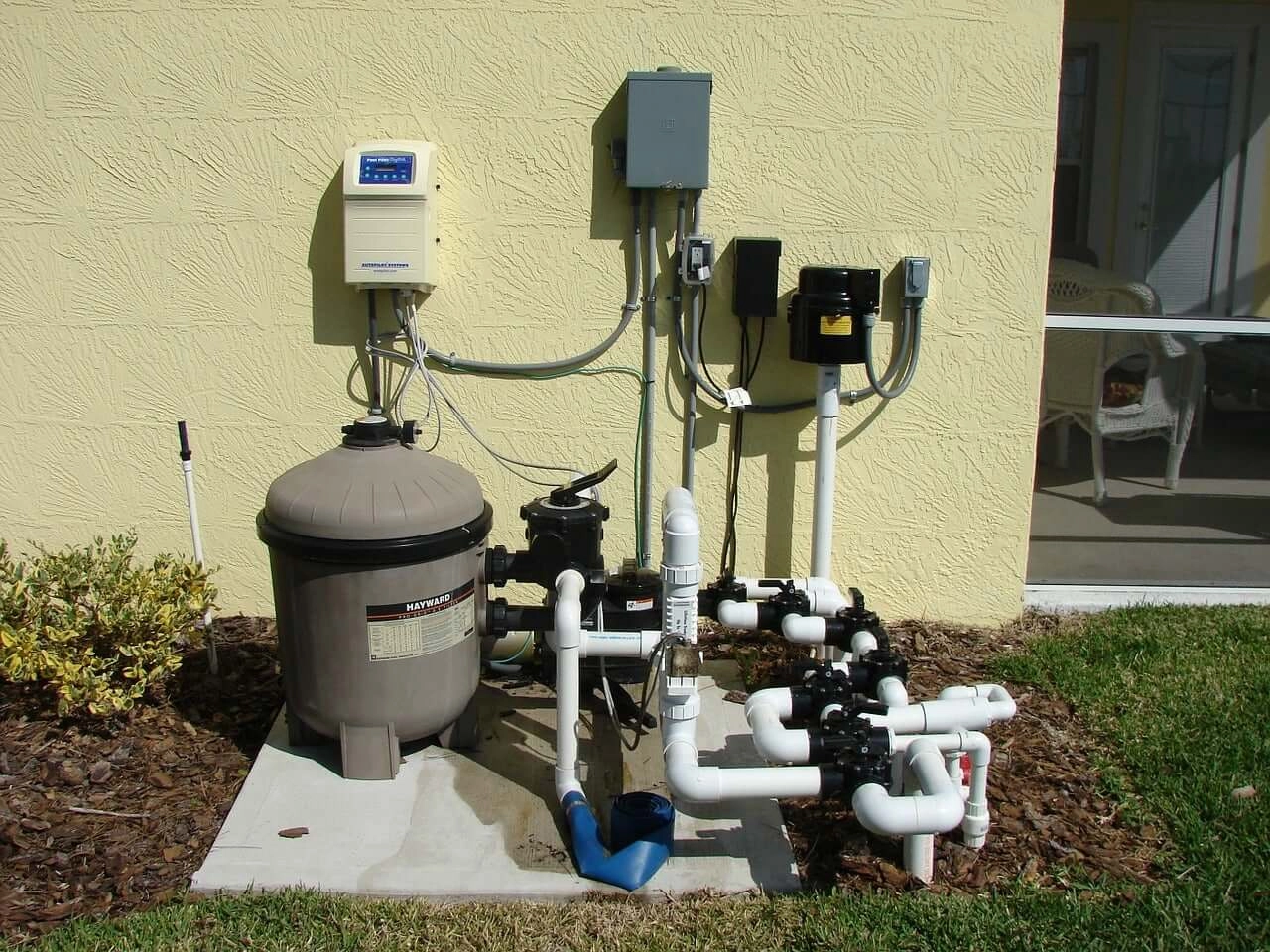Hard water is a common problem affecting a larger percentage of American households. The exact numbers differ from one research to another but typically range between 80% to 90%.
While hard water may not be linked to adverse health effects, many homes struggle with the plumbing and cleaning inconveniences it brings.
This article focuses on the hidden cost of hard water damage, sharing in-depth what problems you can expect and what you can do to prevent them.
But first…
What are hard water and its signs?
Water considered hard contains minerals, especially calcium, and magnesium—the more the mineral content, the higher the hardness levels.
So, how do you know that you have problems with water hardness?
The first sign of hard water is mineral deposits on the faucets or your dishes. Your soap will also not lather well, and you will notice residue on your hands after washing with soap.
Additionally, your hair might feel grimy, your clothes rough, and your household appliances will have limescale buildup.
Why is hard water a problem?
As much as the water contains essential minerals, you are better off eating dairy and pumpkin seeds to keep your calcium and magnesium levels at the recommended levels.
So, why do you need to get rid of hard water?
For starters, municipal and well water packed with minerals can cause your skin to dry out and itch. Secondly, it leaves soap scum on clothes, making them dingier and rough.
If you are yet to install house water filtering systems, you will also experience an unpleasant taste when hydrating. In addition, appliances such as the showerhead, washing machine, and coffee maker will have a limescale buildup, causing them to break down faster.
Furthermore, since soap does not lather well due to the high mineral contents, you end up using more water while cleaning, which can be expensive.


